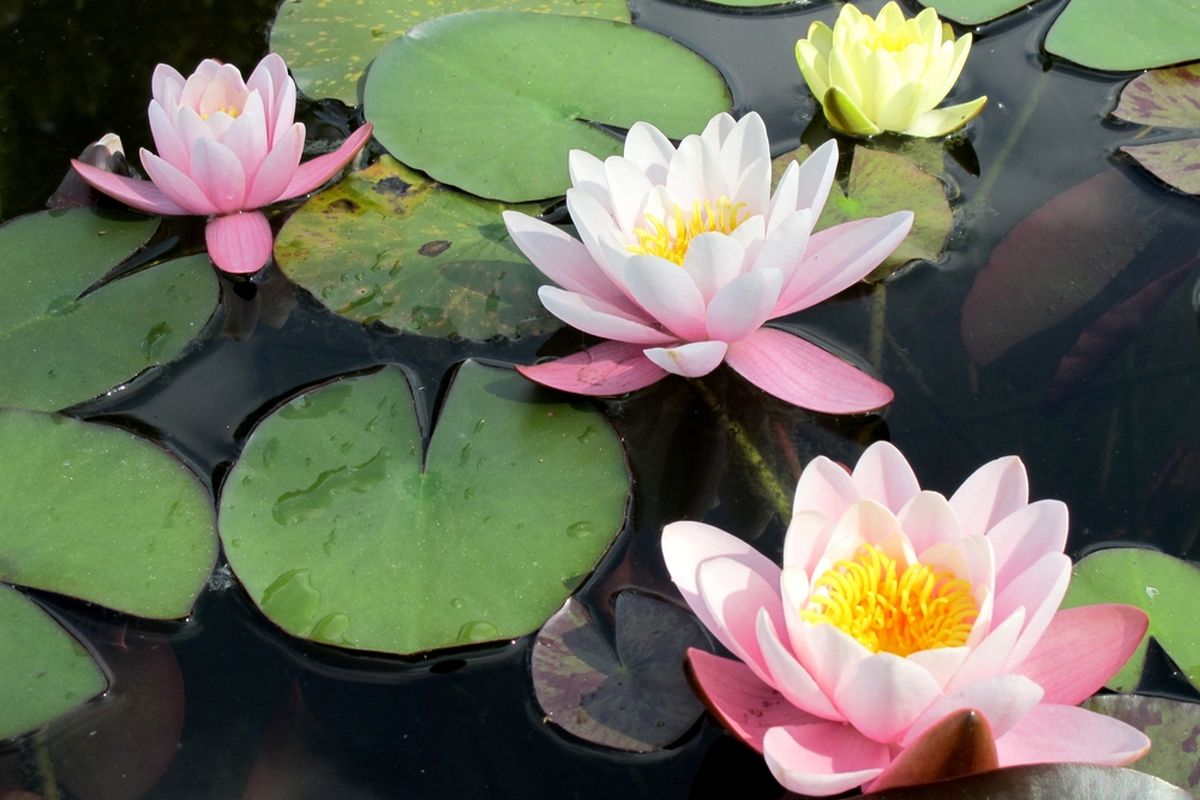Teratai, also known as the water lily, is a captivating aquatic plant that graces the waters of ponds, lakes, and rivers across the world. These exquisite blossoms are not just a feast for the eyes but hold a deep cultural and symbolic significance in various societies. In this article, we will delve into the enchanting world of teratai888 and explore its unique characteristics, cultural importance, and the symbolism it carries.
Aesthetic Marvel: Teratai is celebrated for its unparalleled beauty. With its lush green leaves and delicate petals that unfurl elegantly on the water’s surface, it has long been admired for its aesthetic appeal. The way it seems to float effortlessly, embracing the serene waters, adds an element of tranquility and charm to any landscape.
Cultural Significance: Teratai is deeply rooted in the culture and traditions of many societies. In Hinduism, it is associated with the goddess Lakshmi, the deity of wealth, fortune, and prosperity. The goddess is often depicted standing on a large, fully bloomed teratai, symbolizing her divine grace and abundance. Similarly, in Buddhism, the teratai is a symbol of purity and enlightenment, as it grows from the muddy depths of water but emerges untouched and pristine.
The Symbolism: The symbolism of teratai goes beyond religion. Its ability to thrive in muddy waters while maintaining its untarnished beauty is a powerful metaphor for life’s challenges and the human spirit. It encourages us to find clarity and purity in the midst of adversity, just as the teratai does. Furthermore, the circular shape of the teratai leaves represents the cycle of life, death, and rebirth, which is a fundamental concept in many belief systems.
Ecological Importance: Teratai is not only a symbol but also an essential part of the ecosystem in aquatic environments. Its leaves provide shade and refuge for fish and other aquatic creatures, contributing to the overall health and balance of the ecosystem. The plant also plays a role in water purification, as it absorbs excess nutrients and helps maintain water quality.

